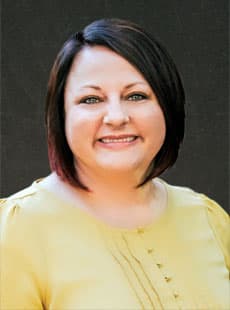Utah Core
•
Curriculum Search
•
All Mathematics - Elementary Lesson Plans
•
USBE Mathematics - Elementary website
Educational Links
Strand: NUMBER AND OPERATIONS - FRACTIONS (4.NF)
Extend understanding of equivalence and ordering of fractions (Standards 4.NF.1-2). Build fractions from unit fractions by applying and extending previous understandings of operations on whole numbers (Standards 4.NF.3-4). Understand decimal notation to the hundredths and compare decimal fractions with denominators of 10 and 100 (Standards 4.NF.5- 7). Denominators for fourth grade are limited to 2, 3, 4, 5, 6, 8, 10, 12, and 100.Standard 4.NF.7
Compare two decimals to hundredths by reasoning about their size. Recognize that comparisons are valid only when the two decimals refer to the same whole. Record the results of comparisons with the symbols >, =, or <, and justify the conclusions, for example, by using a visual model.


 UTAH EDUCATION NETWORK
UTAH EDUCATION NETWORK

 Justin
Justin Braxton
Braxton Dani
Dani Kayla
Kayla Katie
Katie Rob
Rob Val
Val
